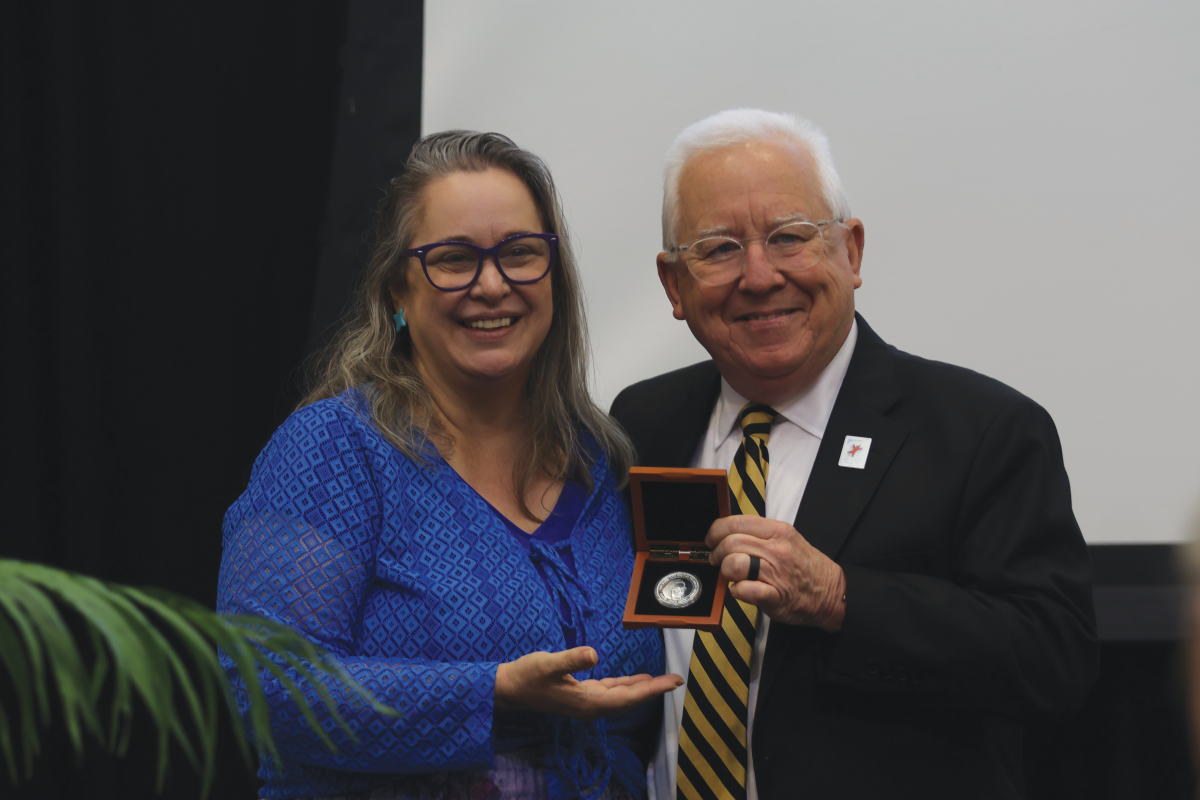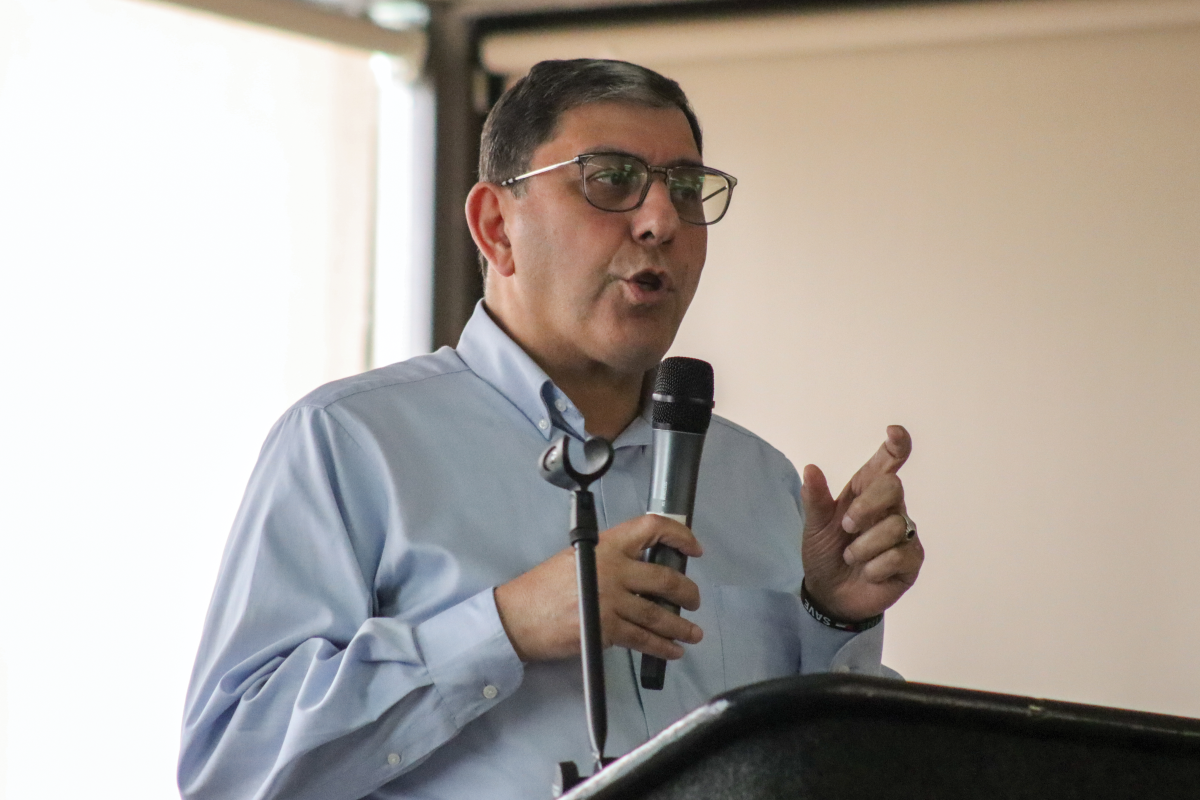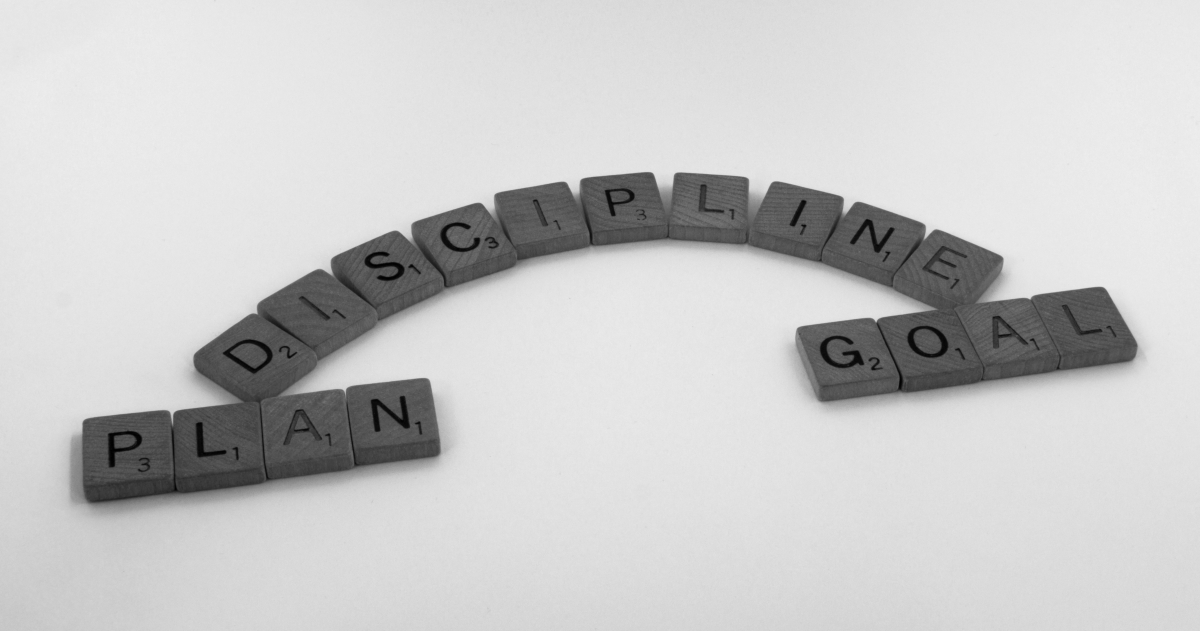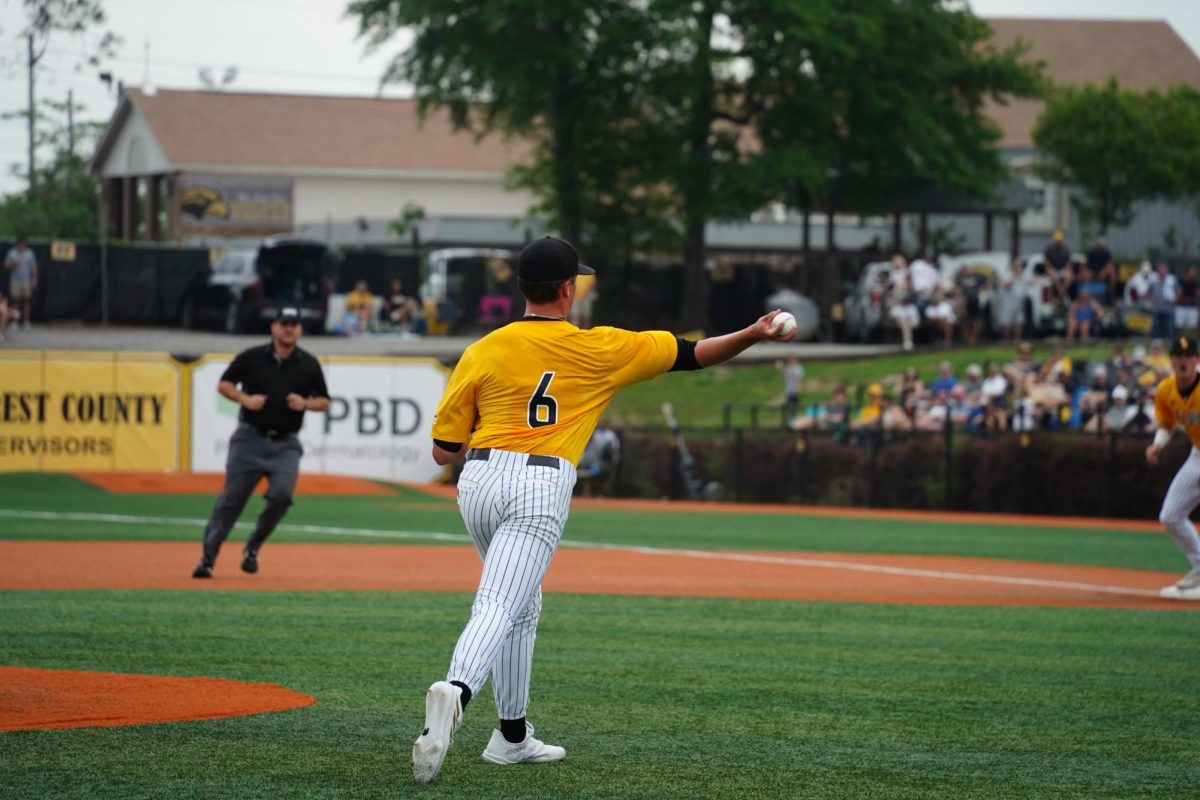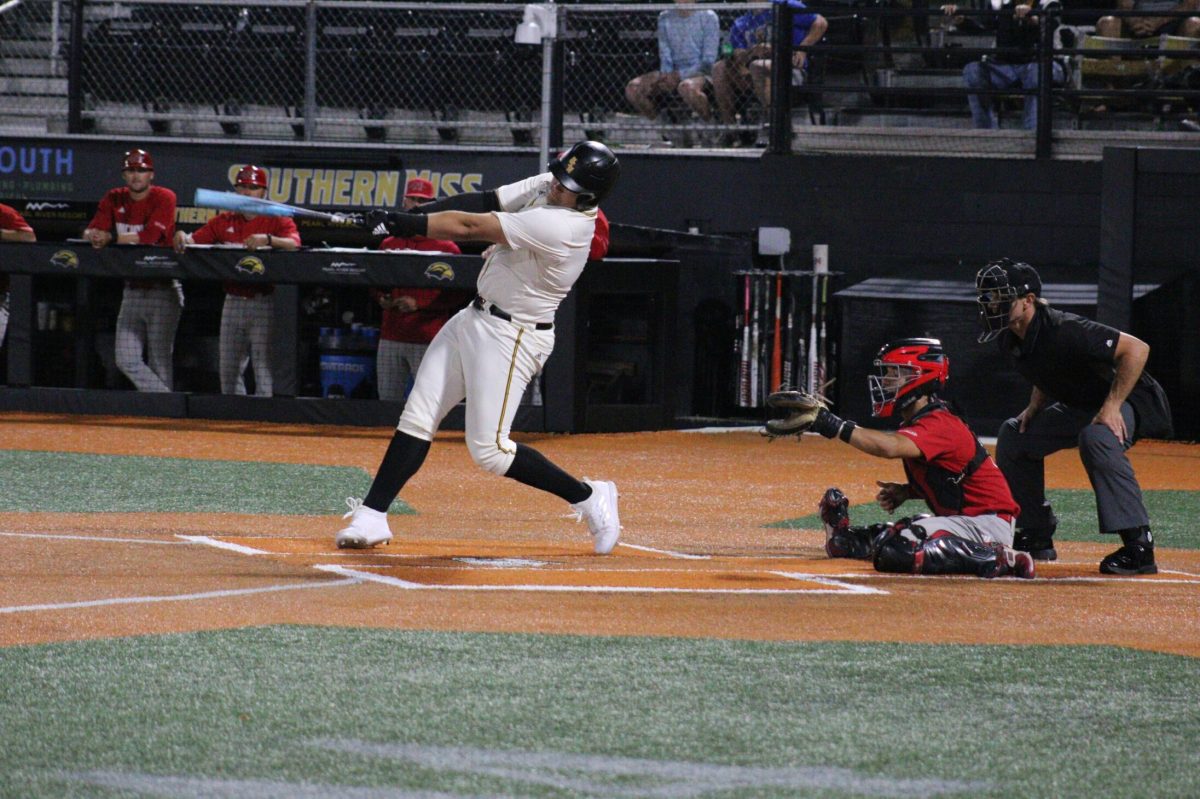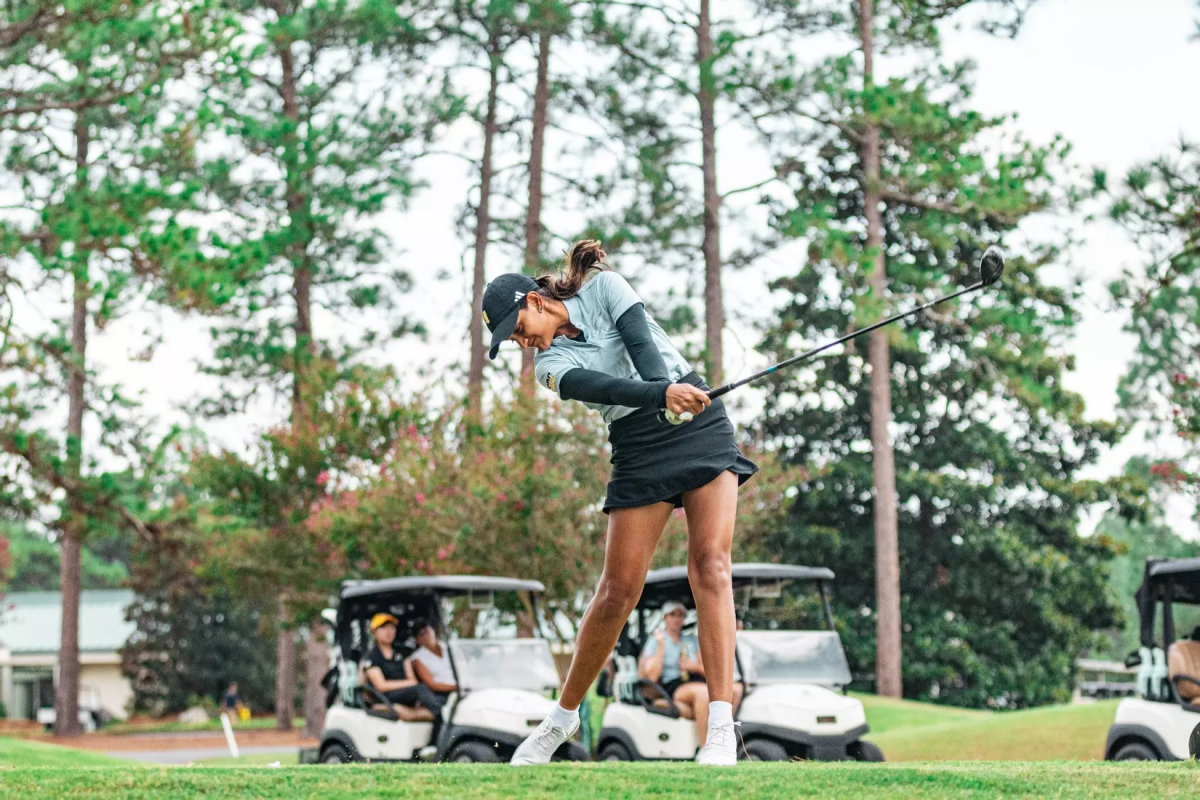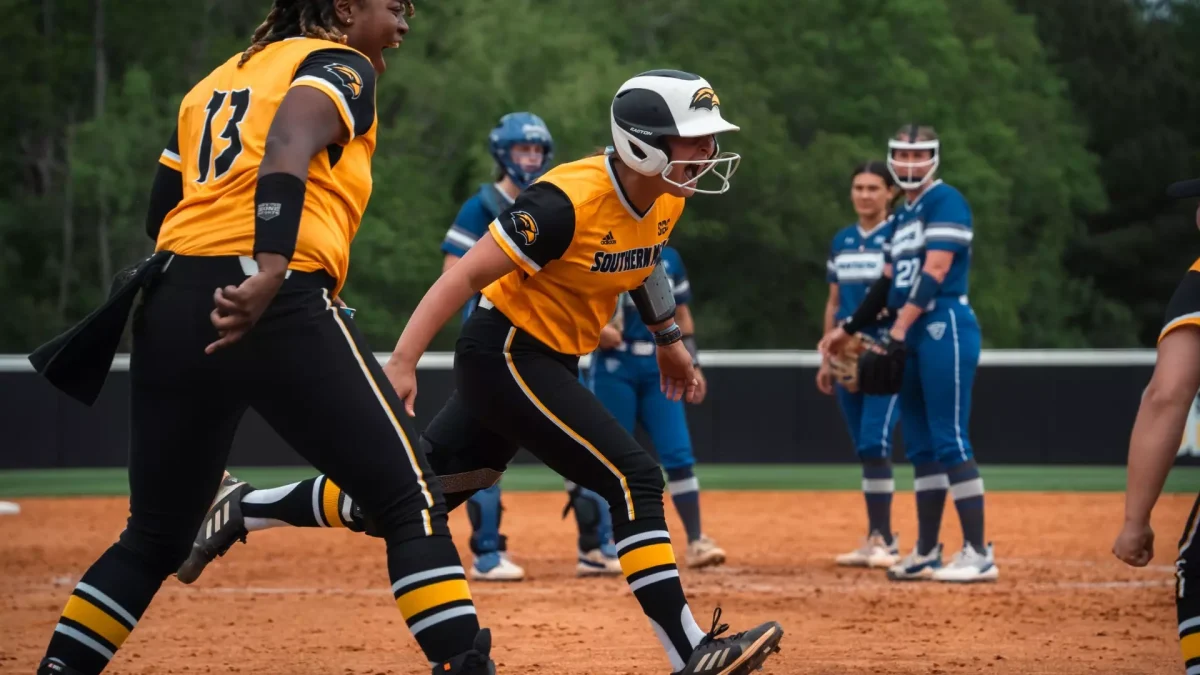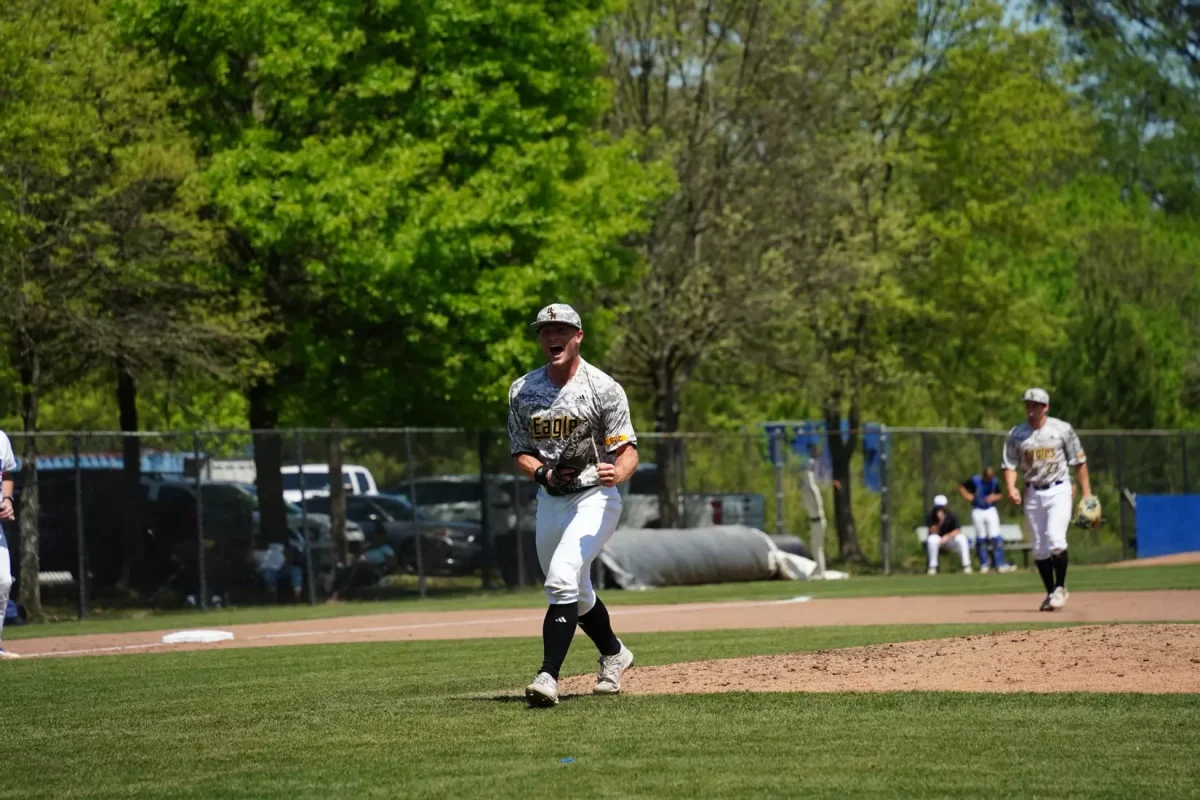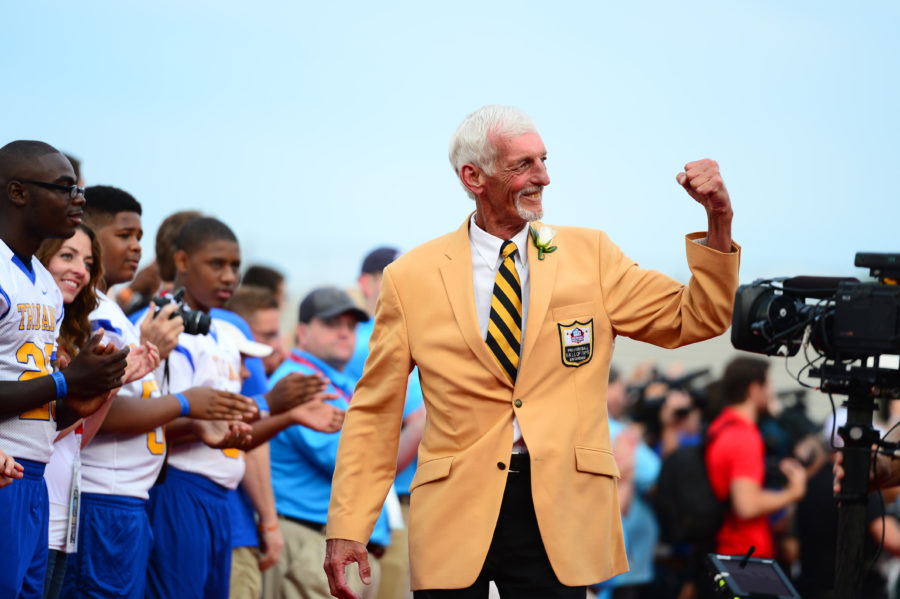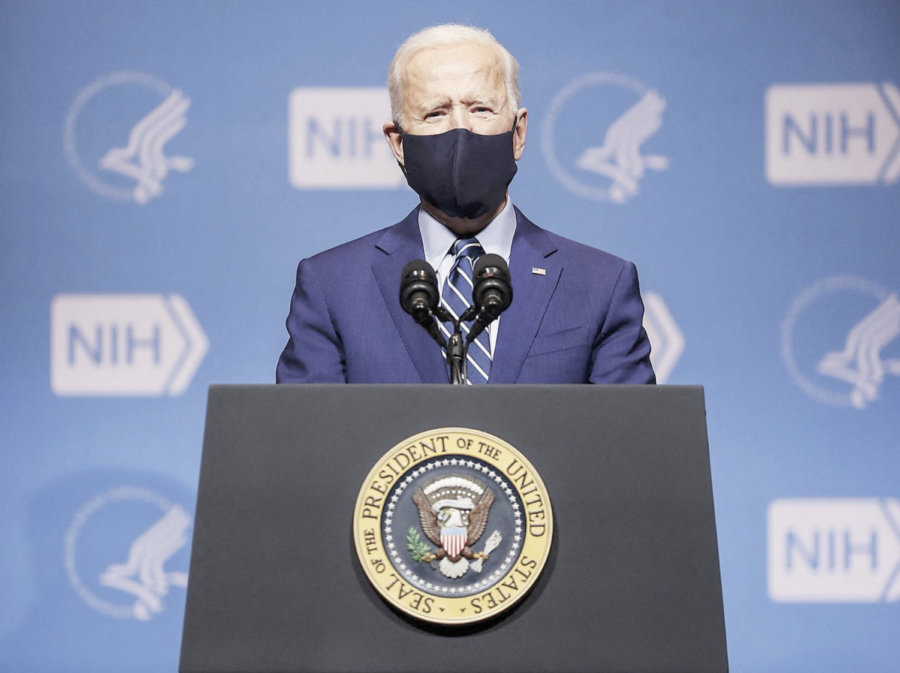It is becoming increasingly hard to stop the passing game in college football. One of the reasons why is because of the new targeting rule.
By rule, if a defensive player targets a defenseless receiver or hits the offensive player above the shoulders maliciously, the defensive player will receive an unsportsmanlike conduct penalty and automatic ejection. While preventing concussions is at a premium, the rule is damaging the game.
In 2012, the play of the year was undoubtedly South Carolina defensive end Jadaveon Clowney’s hit heard around the world on Michigan running back Vincent Smith. However, with the targeting rule, Clowney would have been penalized and ejected.
By all accounts, it was a clean play in many people’s eyes. Clowney busted through the line, squared up Smith and hit him so hard that his helmet landed five yards away. NCAA officials announced that they would have called this hit “targeting.” The play of the year would have resulted with a penalty and ejection. That is despicable.
In the first week of the season, 10 players were ejected for targeting offensive players. For a player to be ejected from simply attempting to make a tackle or jarring the ball loose from a receiver is the wrong way to go about making the game safer.
The only thing this rule will accomplish will be making tackling poorer both in results and fundamentally. When a defensive player loses his fundamentals tackling, it puts him at a higher risk of injuring himself or the ball carrier.
To understand why this rule is damaging, you have to go to the root of what drives the rule. Defensive players, defensive backs specifically, are supposed to make hits to jar the ball loose.
During a play, decisions are made by players in milliseconds as to where to run, position their body and where to hit a player. While a player has control of their own body, they usually cannot predict what move the player they are trying to hit is going to do.
For instance, if a receiver catches the ball and attempts to go to the ground right after, he becomes a sinking target. The defensive back has no time to adjust and will hit the receiver’s head or neck area; although, he had no intention to. Thus, he will be flagged and promptly ejected.
How are defenders supposed to play under those rules? What this rule does is cause players to let up before making contact and allowing the receiver to catch the ball cleanly. This goes against everything players have been taught since they first put on pads.
The targeting rule will have a major effect on a game with major BCS implications and there is no way around it. With how frequent it has been being called and will continue to be called, there just isn’t any way it won’t.
Rules are put in place to both make the game safer and improve the quality of play on the field. Targeting will only reduce the quality of play by making defenders play differently and will cause star players to be ejected for doing what they are taught to do, make a play.
Football is a violent game by nature and the NCAA has taken steps to make it safer; however, they dropped the ball on this one. It is impossible to understand the reasoning behind ejecting a player for playing the game the way he was taught.
The NCAA has to face the facts. Ejecting a player for “targeting” will not improve the game. It is going to cost a team a game with great importance and ruin defenders’ confidence. The NCAA is going to have to wake up and change this rule quickly. A flag is plenty enough punishment.



